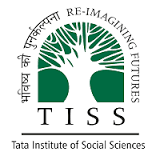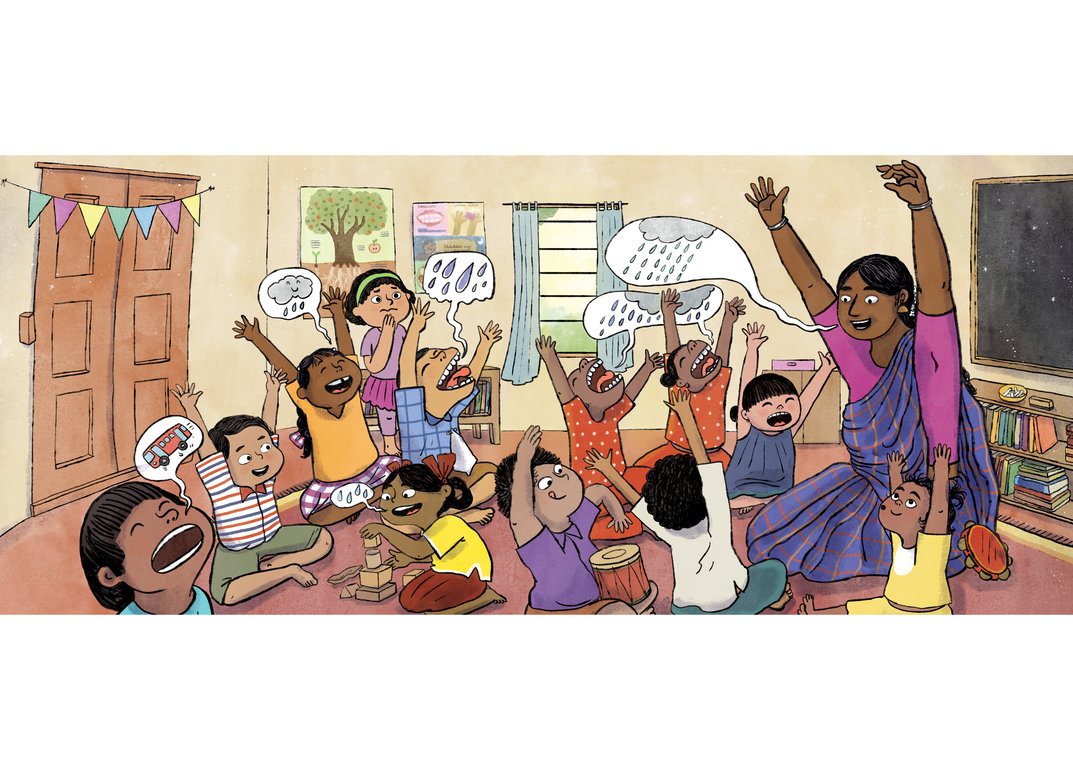Enrolment OPEN till 30 November 2020.
About This Course
S-01a: Communicative English Language Teaching (Strategies) focuses on building an understanding of the socio-cultural context language use and learning-teaching processes. The classroom practices will be delved into in this course. The impact of media and the changing n ofeeds and demographics of the students will be the core focus of this course. The course will also evaluate policy recommendations (UN, India’s NPEs, etc) for language teaching and practices adopted across boards, states and nations to enable teachers to develop practices that best suit their contexts.
Course Objectives
Course Outline
Unit 1: The Social Context of Language Learning
This unit is concerned with the social reality that affects language learning to enable teachers to identify resources that they might use for effective teaching of language. Teachers will reflect on their own and their students’ socio-cultural background through which they would be able to link the language/s used in the local context as well as the language/s in the home environment. Teachers will critically evaluate various resources for language learning available outside the formal learning environment.
Teachers will also explore the status of English Language in the current Indian multilingual context in order to establish the aspirations of the students within a community. This unit will also help the teacher to comprehend affordances organically available (such as media and other discourse-based exposure) to the students for learning their mother tongue and for learning English. This knowledge will help the teacher to appreciate the ways in which teaching-learning materials shape pedagogy.
Teachers will deliberate upon what language proficiency involves and the various skills that students need to become proficient language users. They will explore the concepts of fluency and accuracy and the importance of each as they arrive at the concept of Common Underlying Proficiency by distinguishing between Basic Interpersonal Communication Skills (BICS) and Cognitive-Academic Language Proficiency (CALP). The teachers will compare the impact of importance given to fluency in the NEP 2020 and UN recommended documents against traditional emphasis on just accuracy. They will understand the frameworks that have guided the evaluation of proficiency, analyse the varying levels in communicative competence and share strategies (such as positive feedback) to boost student learning.
Implementation: The teachers will be asked to do an analysis of their class participants and look at motivation, aspiration and societal influences on language learning. They may be asked to conduct small activities (e.g. self-profiling / peer-profiling by learners) to document the differences and/or similarities among their learners. The use of ICT such as Google forms, spreadsheet, or word cloud will be a part of the assignment.
Unit 2: The English Language Classroom
This unit will build on Unit 1 to enable teachers to look at multiple sources and methods of providing language input within and outside the classroom that can be used in their teaching practices as they do lesson planning. Teachers will draw on their own classroom experience to review the second language classroom environment in the instances given to them in the form of videos or readings. They will analyse the heterogeneity (such as the home languages/s, gender, socio-economic backgrounds and so on) and the related issues of mixed ability in their classrooms. They will distinguish the use of language as a system focused on content negotiation from that as a means of communication as they juxtapose the practices they would implement as part of the course with the sample activities in their regular curricula.
Through activity planning seen through a sample (e.g. CLIx English Basic or Elementary), the teachers would study their own roles and those of their students in negotiating language input through teacher-learner and student-student interactions and remodel their own classroom strategies to maximise opportunities for students to become proficient in English be it in either in-person or online classrooms. Select classroom observation techniques will be focused upon in this to enable deeper understanding of learner-context dynamics. This will be based on Kumarvadivelu’s work on post-methods.
Implementation: Teachers will plan and implement a short activity based on their understanding of the second language classroom through this unit and explain how it will be done in a second language classroom. Observe the implementation and reflect based on the pointers discussed in the unit. Also talk about the role of students, teachers and peer interaction promoted by the activity. The recording of the class pertinent to this exercise will be a requirement for the submission of this assignment.
Requirements
(1) Teachers will need to have access to computing devices with connectivity for the entire duration of the programme.
(a) A smart phone with internet to access the course and participate in online communities of practice.
(b) A computer with internet access to complete and upload assignments.
(2) Must have access to 2-5 students to be able to teach them.
(3) Must have completed graduation.
Course Staff
Anusha Ramanathan
Curriculum Consultant, Centre for Education, Innovation & Action Research (CEIAR), TISS
I have taught for more than a decade at undergraduate and the postgraduate levels across various domains including English and Mass Media and Business Studies. I also wear the caps of course coordinator, examiner, teacher trainer, corporate trainer, researcher, editor, content developer, syllabus designer and reviewer at different times in various institutions. In addition to the various teaching responsibilities and the coordination of select online teaching initiatives at CEIAR and at TISS, I lead the TPD English development and delivery as part of the English Team at CEIAR.
Surbhi Nagpal
Senior Research Associate, Centre for Education, Innovation & Action Research (CEIAR), TISS
As a Research Associate at CLIx, I work with the English Team and am involved in course development and research related activities. Prior to CLIx, I have worked as a teacher trainer at InOpen Technologies, an organisation working in computer education. I also worked as a primary teacher for two years. Currently, I am pursuing my PhD in Education from the Tata Institute of Social Sciences (TISS).
Nishevita Jayendran
Assistant Professor, Centre for Education, Innovation & Action Research (CEIAR), TISS
I am an Assistant Professor (English Language and Literature) at the Centre for Education, Innovation and Action Research (CEIAR), Tata Institute of Social Sciences, Mumbai, where I teach courses on language education, critical and cultural literacy and discourse analysis of non/fiction to postgraduate students. A doctoral graduate in English from IIT Bombay, I have been a Visiting Faculty at Stella Maris College, Chennai and St. Xavier's College, Mumbai. At CEIAR, I have been part of the English team in a scalable EdTech project, the Connected Learning Initiative (CLIx), that designed, developed and researched the impact and outcomes of ICT-based interactive modules in Communicative English and autonomous learning for high school students in India. I am also a consultant for design thinking in education, have conducted workshops and mentored organisations in developing ICT-based educational modules on themes like language learning, gender equity and violence. I have published in the areas of literary criticism and discourse analysis methodologies. My teaching and research interests include language and cultural literacy, representation and critical theory, the postmodernist historical novel, comparative world literature and (inter)cultural studies.




